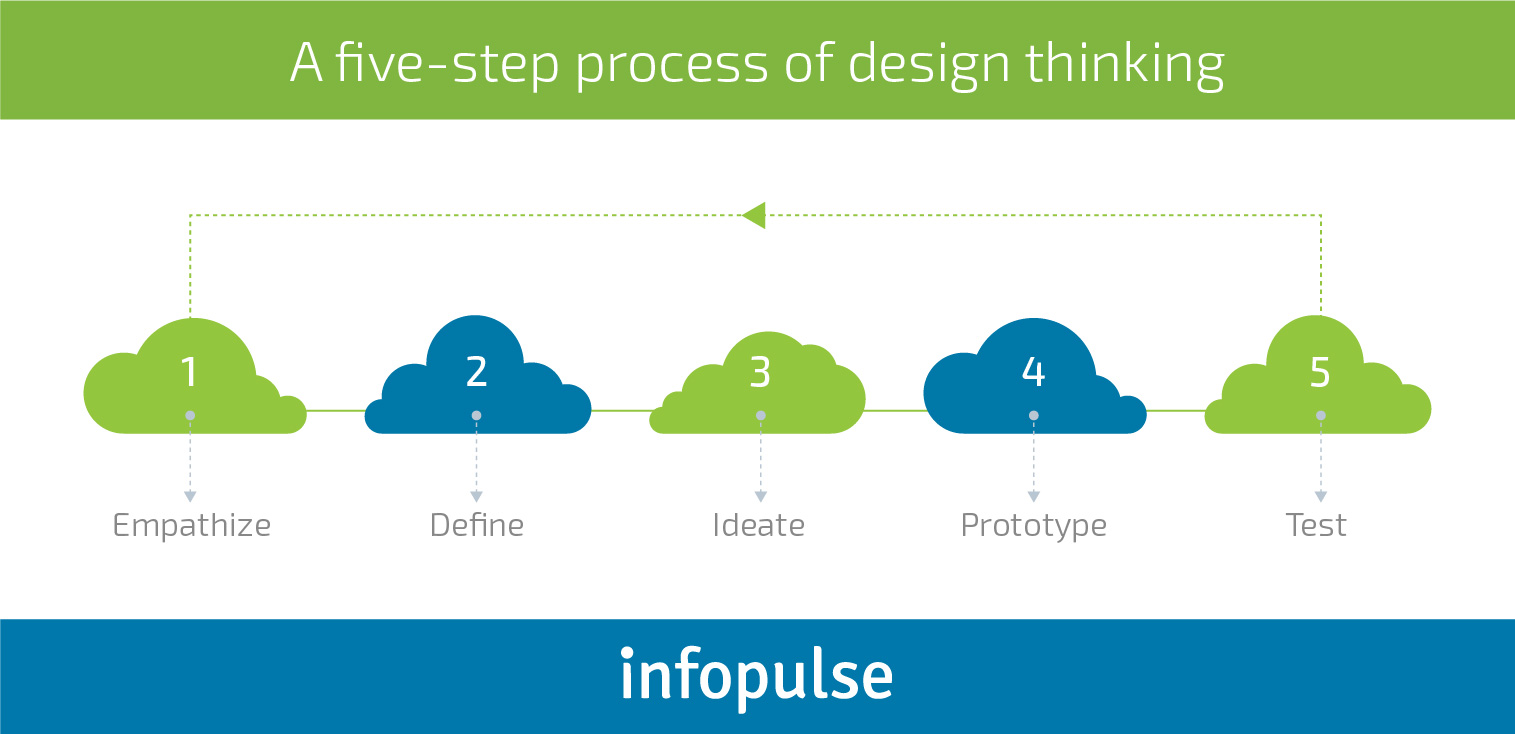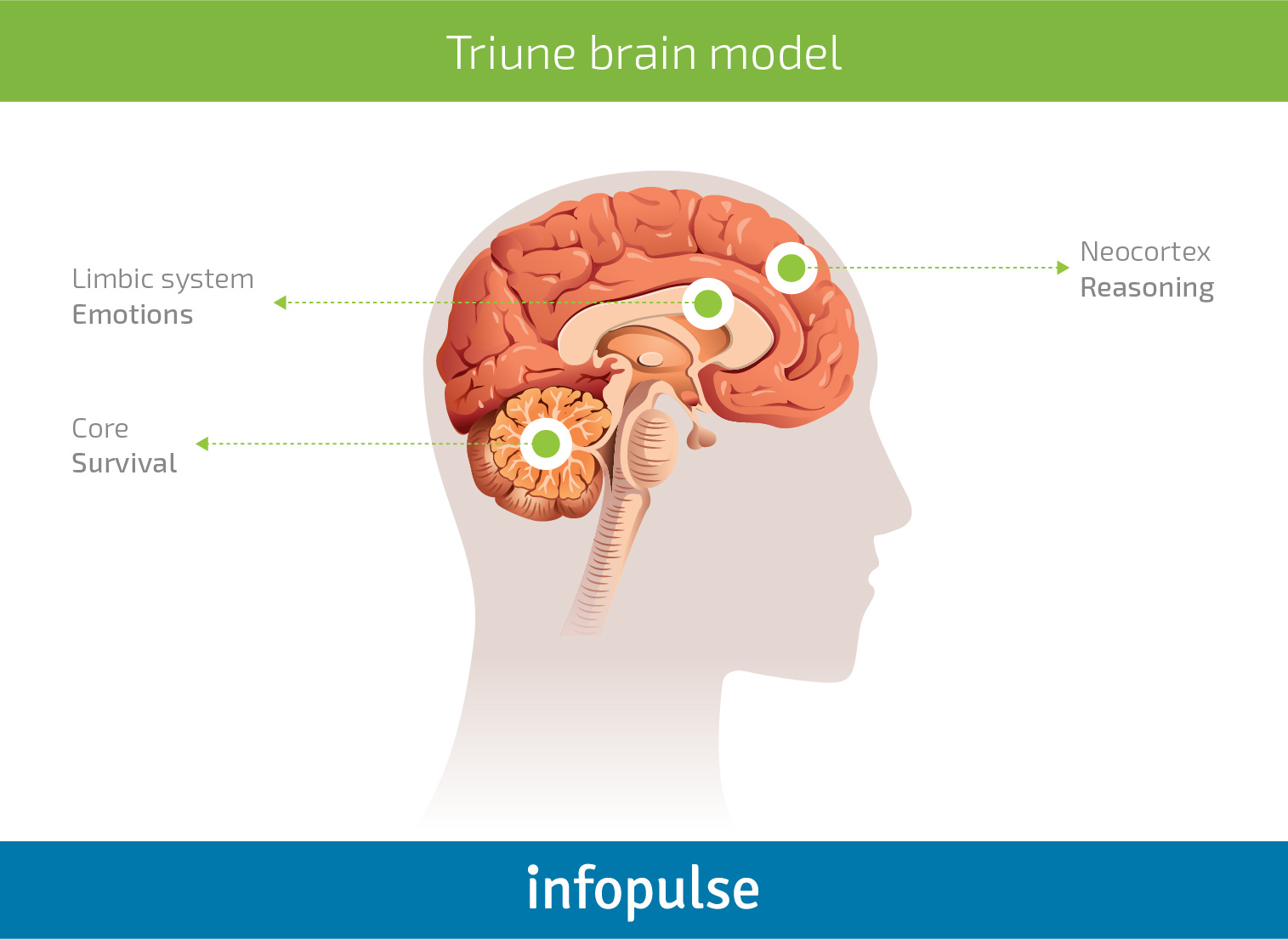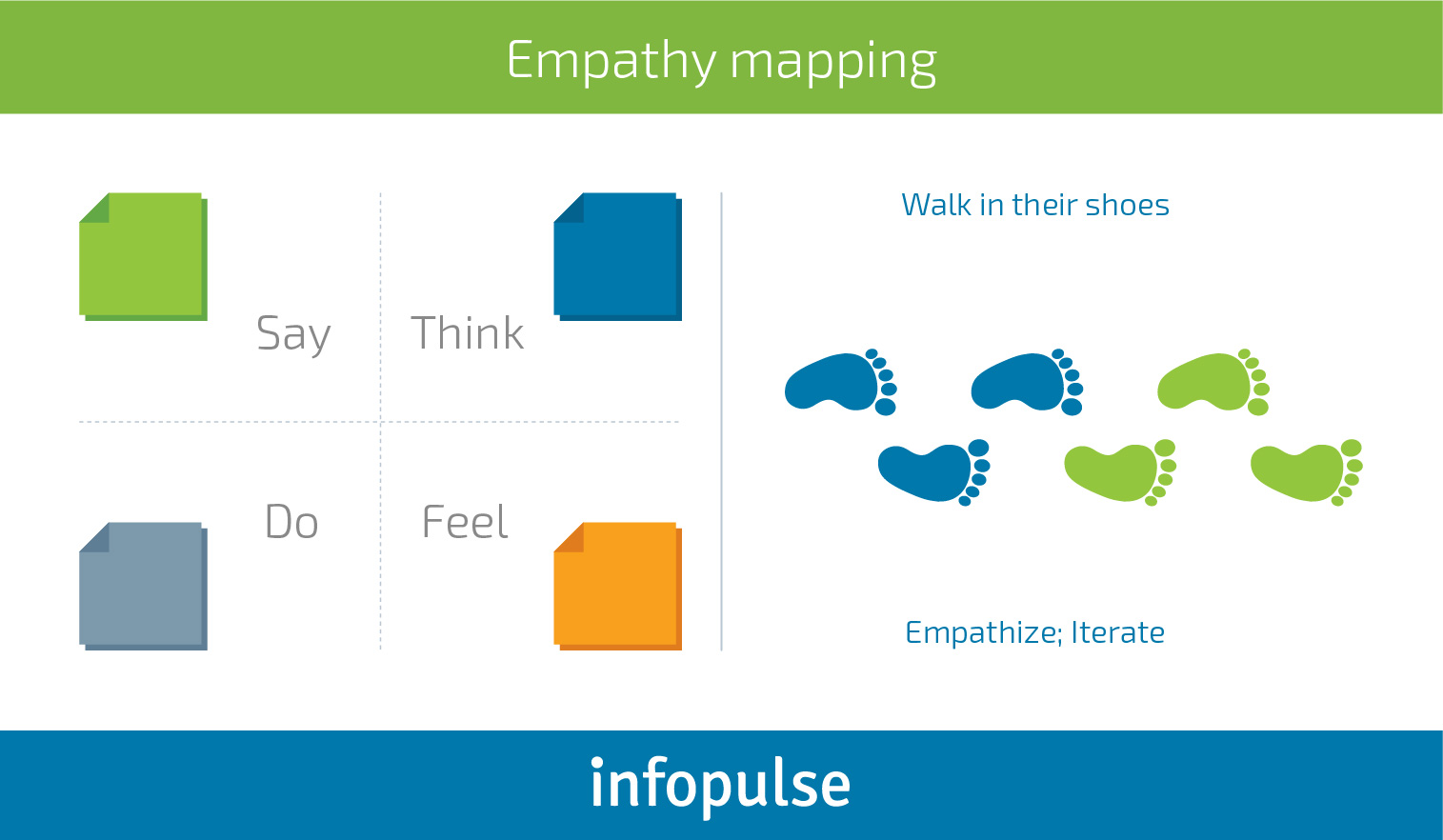Social Science Before Data Science
Human-centered problem-solving is key to digital innovation.
Introduction
What Entrepreneurs Think
Way back in 2002, Amazon CEO Jeff Bezos issued the following Mandate to his software developers:
What has to be remembered here is that this edict to counter Silo Thinking, was from a founder of a then fast-growing business, transforming from a book selling-oriented eCommerce Website to becoming a pervasive cloud platform (including Amazon Web Services). This was the beginning of what people now often refer to as ‘the API Economy’: recognising the value of enabling open, frictionless Application Programming Interfaces (APIs) between departments and/or organisations and/or customers, employees and citizens. But this was a tech mandate: the what, not the how.
Less than one year later in 2003, the-then CEO of HP, Carly Fiorina said this:
The key point here is this: understanding how IT Architects needed to distinguish and prioritise between horizontal and vertical. Here we are sixteen years after Fiorina’s comments, and we still have Silo Thinking getting in the way: vertical IT silos and a lack of Open APIs to easily achieve rapid integration and interoperability – as Jeff Bezos mandated seventeen years ago – between departments, organisations, customers, employees and citizens.
Why Does Silo Thinking Persist?
So, the first, obvious question is this: why does Silo Thinking persist in large organisations today, almost two decades after entrepreneurs, such as Jeff Bezos and Carly Fiorina, were so aware of the problems attributed to this mindset driving IT?
Silos exist because executive management allow lower ranking middle managers to build empires and they do so because of human nature: fear of loss of control; need for recognition; and, so forth. In turn, such negative human behaviour reinforces the barriers between different departments or organisations or individuals, and increasingly, beyond the boundaries of a single organisation in business-to-business supply chains or business-to-consumer (citizen) interactions.
IT Architects need to become Design Thinkers. Social Science is the new skill required in business (digital) transformation. At Infopulse we pay great attention to this reality. Yes, we have significant resources in Data Science and related software engineering skills, but we also increasingly place Design Thinking, front and centre, into our digital transformation engagements.
When you look back at the comments made by Bezos and Fiorina in 2002-2003 it is clear that these points about creating Open APIs and transforming the vertical into the horizontal (process) remains a challenging, organisation culture and leadership issue – in both the private sector and government agencies. Of course, modern enterprise software applications are built with Open APIs, supported by mature, robust middleware technologies and integration platforms. But, as we have seen everywhere in organisations of all sizes and industries, moving from the vertical (Silo) to the horizontal (cross-department, cross-organisation) is constrained more by mindset than machine.
How Can We Counter Silo Thinking?
In considering ways of applying digital innovation and IT architecture to counter Silo Thinking, let’s be realistic: just as you cannot turn a cat into a dog, equally, nor can you suddenly transform organisational culture. The best way to counter resistance to cross-departmental/-organisational collaboration is to apply the principles of Design Thinking: which simply means solving problems in a human-centered way. It means understanding the other person’s perspective, in a deeper way.

At the heart of Design Thinking (pioneered by Hasso Plattner Institute of Design [d.school] at Stanford University), a five-step process starts with the most important step of all: Empathize. When bringing people together from different departments, organisations or customers to cooperate and collaborate around problem-solving through digital innovation, empathy is the key thing.
Empathy means creating an atmosphere of openness and trust, through recognising what truly matters to each individual representing their personal, departmental or organisational challenges – in that order. It means walking in other people’s shoes – seeing the problem (or opportunity) from their perspective.
Design Thinkers are both designers and non-designers (e.g., IT Architects too): but what they all have in common is being inherently curious, empathetic, challenging, non-judgmental and open-minded. With digital innovation, a lack of clarity about technology choices can lead to ineffective translation at the Ideation step, and leads to avoidable failures when moving to subsequent Prototyping and Testing steps. Equally, tech bias can create closed-mindedness, and act as an inhibitor to curiosity and exploration. To adopt a ‘beginner’s mind’ is actually helpful to solving problems with digital innovation: to look at business challenges in new ways – with all stakeholders.

Design Thinkers recognise that concepts of being ‘right-brain creative’ or ‘left-brain logical’ are better explained by creative and logical thinking taking place together. In some ways, a cold corporate culture may have a lack of a collective ‘Limbic System’ (low emotions), whereas Design Thinkers tend to exhibit strengths in this area: high-levels of curiosity and ability to communicate and ask the right questions. Design Thinkers are drawn from both tech and non-tech backgrounds.
What can often help in maximising human engagement and empathy is the inherent safety of the outsider: a third-party facilitator (e.g., IT experts at Infopulse) enabling, with the aid of the right questions, the correct inputs into the second step of Design Thinking: Ideate. In turn, this leads to better outcomes through the subsequent steps of Ideate, Prototype and Test – delivered in iterative five-step loops. What matters hear is having no fear: it is better to fail fast in short iterations of these five steps than ponder endlessly at any particular step beyond the initial Empathy step.
Applying Design Thinking needs Empathy Mapping, which in turn, means engaging via face-to-face or online meetings in Mutual Value Discovery Workshops, where the supplyside partner comes together with the broadest possible set of your buyside stakeholders, and where, instead of responding to buyer-knows-all arms’ length procurements, supplyside and buyside collaborate in an open-minded way to generate win-win outcomes. This means working as true partners: not supplier-client.
For Infopulse, Mutual Value Discovery Workshops become a way to uncover things that, as the outsider, we help to facilitate in a safe, yet meaningful way – and often where, on the buyside it may be with stakeholders who, as individuals are often unknown to each other, coming from different departments or even different (collaborating) organisations.
Achieving Mutual Value Discovery Outcomes
When following the five steps of the Stanford d.school approach, Empathy Mapping in Mutual Value Discovery Workshops requires Design Thinkers to facilitate open communications among all key stakeholders and would-be users of a next generation IT solution or digital innovation.
In applying Empathy Mapping, Design Thinkers need to embrace three key attributes: Immerse; Observe; and, Engage. The rewards from this is the discovery of both explicit and implicit needs: often resulting in unexpected solutions and outcomes for digital innovation.
Immerse means experiencing what the user experiences.
Observe means observing user behaviour in the context of their lives.
Engage means interact, interview – all in short intercept encounters.

Design Thinkers embrace the three basic questions: What?; How?; and, Why? The ‘What?’ becomes observable facts; the ‘How?’ is all about emotional responses; and, the ‘Why?’ becomes the inferences drawn. All of this builds a picture, as the process moves through the five steps of Empathize, Define, Ideate, Prototype and Test.
In a Mutual Value Discovery Workshop, sticky notes may be used to capture responses to each question, in relation to what each participant Says, Thinks, Does or Feels, related to such question. From the sticky notes, a facilitator (say from Infopulse) can ensure that what’s captured truly becomes a Mutual Value Discovery for all stakeholders engaged.

As the facilitator unpacks the findings from Empathy Mapping, a three-column list can generate output as:
User ________ Needs ________________ because _____________ (Insights)
What should follow is very insightful findings and what amounts to Mutual Value Discovery for both implicit and explicit needs. This progressively informs the iterative implementation of the next steps of Design Thinking beyond Empathize, namely: Define; Ideate; Prototype; and, Test.
Conclusion
The IT industry has matured: it now delivers technologies that fulfil what Jeff Bezos and Carly Fiorina called for in 2002-2003. However, human nature remains the same and what gets in the way of great, timely digital innovation is Silo Thinking. We all need to recognise that data-driven decision-making alone is wrong: we need to look at the people too – and place empathy at the centre of digital innovation. This is where cross-departmental/organisational processes invariably lead to a shift from the vertical to the horizontal. The solution is human not tech: it is Design Thinking, applied.
At Infopulse we help large enterprises maximise stakeholder engagement and help to defeat Silo Thinking across departmental and organisational divides. Let us show you how Mutual Value Discovery works better than arms’ length procurements, when considering IT supplyside partners to help you engage in and deliver successful digital innovation outcomes.

![Generative AI and Power BI [thumbnail]](/uploads/media/thumbnail-280x222-generative-AI-and-Power-BI-a-powerful.webp)
![Data Governance in Healthcare [thumbnail]](/uploads/media/blog-post-data-governance-in-healthcare_280x222.webp)
![AI for Risk Assessment in Insurance [thumbnail]](/uploads/media/aI-enabled-risk-assessment_280x222.webp)
![IoT Energy Management Solutions [thumbnail]](/uploads/media/thumbnail-280x222-iot-energy-management-benefits-use-сases-and-сhallenges.webp)

![Carbon Management Challenges and Solutions [thumbnail]](/uploads/media/thumbnail-280x222-carbon-management-3-challenges-and-solutions-to-prepare-for-a-sustainable-future.webp)

![Automated Machine Data Collection for Manufacturing [Thumbnail]](/uploads/media/thumbnail-280x222-how-to-set-up-automated-machine-data-collection-for-manufacturing.webp)

